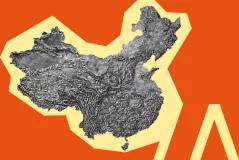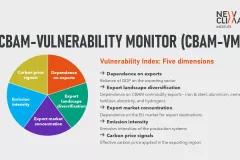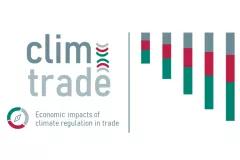With the urgent need to cut emissions and ramp up its climate ambitions, the European Union introduced the world’s first carbon border adjustments: the Carbon Border Adjustment Mechanism (CBAM). CBAM, which introduces a carbon price on carbon-intensive imports to prevent “carbon leakage,” is widely regarded as a pioneering step in aligning trade policy with climate goals. However, concerns remain over its potential impact on international trade, particularly for exporters in regions heavily reliant on carbon-intensive industries.
This report examines its potential impact on export-oriented producers in one of the most exposed regions: Guangdong province, China. Guangdong, a key hub for processing and exporting carbon-intensive industrial products such as iron, steel, and aluminium, will initially face limited exposure to CBAM. However, the pressure on exporters is expected to rise as CBAM expands and more countries adopt similar measures.
To mitigate CBAM’s impact and maintain global trade competitiveness, Guangdong-based producers and policymakers should consider:
- Accelerating industrial decarbonisation
Reducing emissions intensity in industrial production and the power sector is critical. For the iron and steel industry, transitioning from coal-based production to electrification with clean power and green hydrogen is crucial. For the aluminium sector, increasing the use of renewable energy should be a priority. - Establishing a CBAM-compatible (i.e. EU ETS-compatible) carbon pricing system
Aligning Guangdong’s carbon pricing system with the EU Emissions Trading System (ETS) would reduce CBAM costs for EU-bound exports in the short term, although it may raise production costs for all exports. This alignment will help future-proof Guangdong’s exports to both the EU and other markets that may adopt similar policies.
To address CBAM’s potential impact on Guangdong’s producers, EU policymakers should consider:
- Enhancing dialogue with affected companies and regions to align on key issues, including emissions accounting methodologies, verification standards, and decarbonisation pathways.
- Allocating CBAM revenues to support climate action outside Europe, particularly in developing economies, to help them transition to low-carbon production.
- Strengthening engagement in international platforms (e.g. the Climate Club) to align rules on embedded emissions in traded goods.









